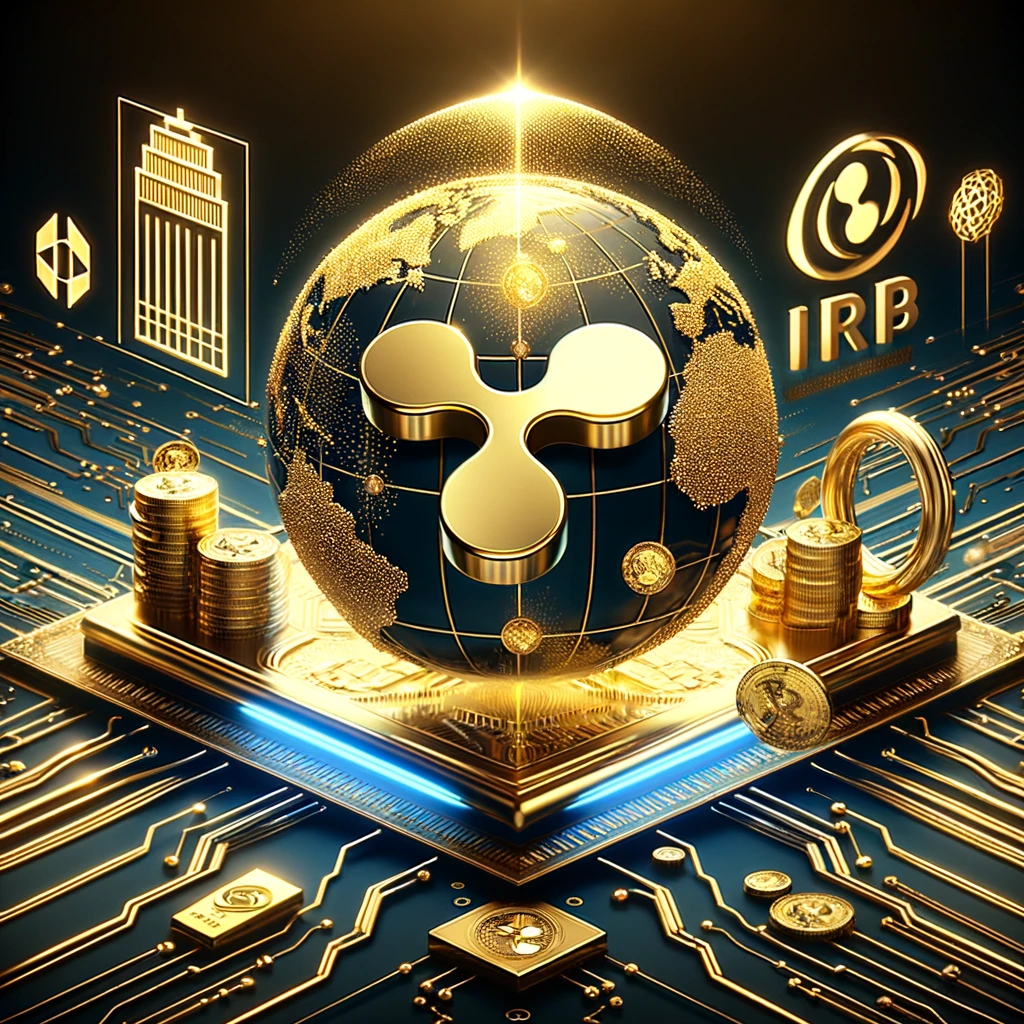
Ripple, the blockchain-based payments giant, has made a significant stride in its mission to revolutionize cross-border transactions. The company recently announced that its liquidity network has expanded its reach to over 80 countries. This development is poised to reshape the global payments landscape and could potentially have far-reaching implications for its native cryptocurrency, XRP.
The cornerstone of Ripple’s strategy is liquidity fulfillment. By expanding its network to cover 80+ countries, the company has significantly enhanced its ability to provide on-demand liquidity, a crucial factor in ensuring swift and cost-effective cross-border payments. Traditional payment systems often grapple with delays, exorbitant fees, and limited availability. Ripple’s blockchain-powered solution offers a compelling alternative by leveraging advanced technology to overcome these hurdles.
The company’s utilization of artificial intelligence and machine learning to optimize transaction routes is a testament to its commitment to efficiency. Ripple’s system boasts a near 100% payment success rate, a remarkable achievement that underscores the reliability of its platform. By forging partnerships with a diverse range of exchanges, bridge assets, and payout partners, Ripple has cultivated a robust ecosystem that supports seamless cross-border transactions.
XRP, Ripple’s digital asset, plays a pivotal role in this expanding ecosystem. As the volume of cross-border transactions increases, the demand for a swift, scalable, and cost-effective digital currency becomes more pronounced. XRP’s characteristics make it an ideal candidate for facilitating these transactions. As more financial institutions adopt Ripple’s solution, the need for XRP as a liquidity provider is likely to grow, potentially driving up its value.
The expansion into new markets could also stimulate increased XRP adoption and trading volume. As countries like Thailand explore integrating Ripple’s technology and XRP into their financial systems, the demand for XRP as a reserve asset and a means of settlement within the network could surge. This heightened demand could exert a positive influence on XRP’s price.
While Ripple’s expansion is undoubtedly a positive development, it’s essential to approach the potential impact on XRP with a balanced perspective. The cryptocurrency market is highly volatile, influenced by a multitude of factors beyond Ripple’s control. Regulatory developments, market sentiment, and the overall economic climate will also play a significant role in shaping XRP’s trajectory.
Nevertheless, Ripple’s strategic expansion and XRP’s potential role within its ecosystem present an intriguing opportunity for investors and industry observers alike. As the company continues to gain traction in the global payments market, the spotlight on XRP is likely to intensify.






